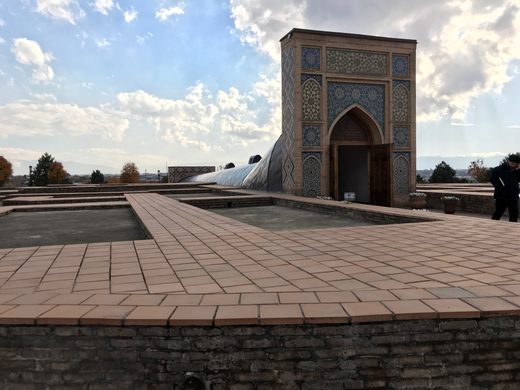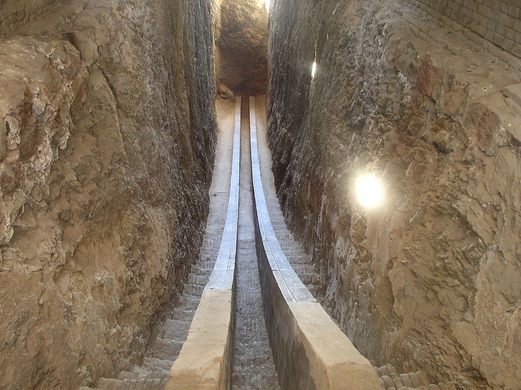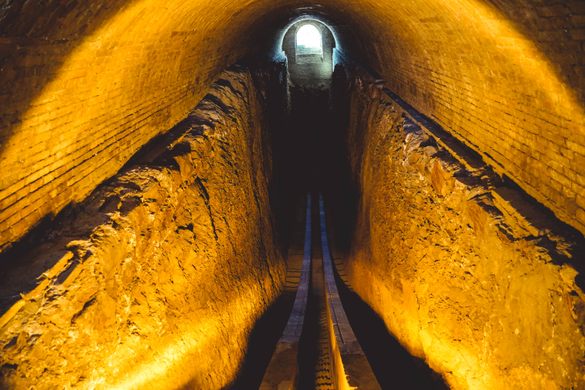
3
Observatory of Ulugbek
Observatory of Ulugbek

6 Unique Places to Visit in Uzbekistan
"For nearly half a millennium, the remains of one of the greatest observatories ever built lay hidden in Central Asia. A product of one Muslim prince’s devotion to science, the observatory was the site of the world’s most advanced astronomical studies for three decades before being leveled by religious extremists. Located near the city of Samarkand in present-day Uzbekistan, Ulugh Beg Observatory was built in the 1420s by the Timurid ruler Ulugh Beg, grandson of emperor Timur the Lame (Tamerlane). Known more for his scholarly pursuits than his governance skills, Beg proved unpopular as a ruler. Beg first took control of Transoxiana (a region comprised mostly of modern-day Uzbekistan, Tajikistan, and southwest Kazakhstan) after his father’s death in 1447. Only two years into his campaign, and after losing several battles to neighboring rival kingdoms, Beg was taken to trial by his own son, Abd al Latif. Beg’s punishment for his ineptitude was a mandatory pilgrimage to Mecca, but his journey ended quickly, as he was beheaded just outside of Samarkand by an assassin hired by his son. Following his death, Beg’s observatory was razed to the ground, and the dozens of skilled scientists who worked there were driven away. For centuries, the site fell into relative obscurity, and the exact location of the observatory was known by few. In 1908, however, the Russian archaeologist Vassily Vyatkin uncovered the remains and with it a rich tale of the ancient astronomer’s work. (Today Vyatkin is buried on site according to his own wishes.) In its prime, the Ulugh Beg Observatory consisted of a three-story cylindrical building constructed around three enormous astronomical instruments. The main instrument, which remains mostly intact, was a monumental meridian arc, now called the Fakhrī sextant. This curving stone arch once measured 40 meters tall and was used by astronomers to measure the angle of elevation of bright celestial objects. Light would pour in through a window and fall on a specific point on the arch that depended on the height of the object in the sky. With this instrument, Beg and his fellow astronomers could precisely determine the length of the year, the time of local noon each day, and even the angle between Earth’s rotational axis and the plane of its orbit around the sun. In fact, the astronomers of Ulugh Beg Observatory measured the length of the year to within 25 seconds of the actual value, and determined the axial tilt of the Earth so accurately that their number falls within today’s accepted range of values. They were able to accomplish what they did because the meridian arc was the largest instrument of its kind ever built. With such great size, the meridian arc could achieve a resolution of one six-hundredth of a degree, which is equivalent to the size of an American penny viewed over a half a kilometer away. Perhaps Ulugh Beg’s greatest achievement, though, was a star catalogue containing at least 1,018 stars and their locations in the night sky. Compiled almost 200 years before the advent of telescopes, the remarkably thorough catalog almost perished with the observatory, but escaped into the hands of astronomer Ali-Kushji, who went on to publish the great work." - ATLAS_OBSCURA





















